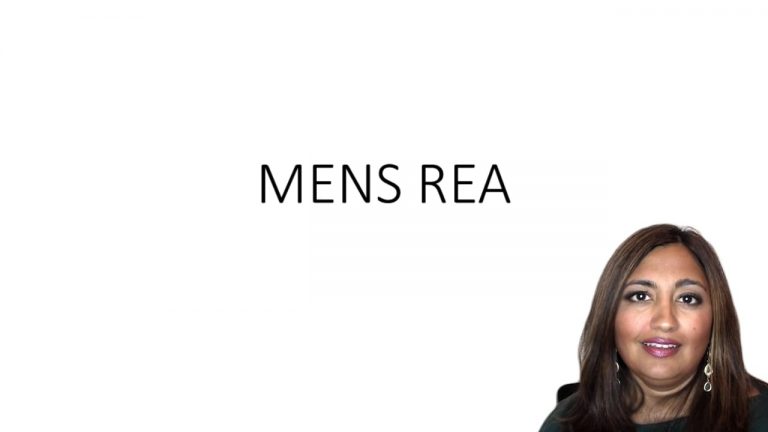SmartBrief
Confirm favorite deletion?
Criminal Law Keyed to Lee
Wilson v. People
Citation:
103 Colo. 441, 87 P.2d 5 (1939)Facts
The defendant was at a cafe when Pierce entered. Pierce approached Wilson and the two left to go find a place to purchase liquor. During the time he was with him, the defendant’s watch went missing. He accused Pierce of stealing it multiple times, but Wilson denied.
The two continued to drink liquor. Pierce told Wilson that he has committed burglaries. After talking more, they decided to burglarize a drugstore (there is conflict as to who came up with the idea). The two went to the drugstore and the defendant lifted Pierce up so that he could crawl through the window. Immediately after Pierce entered the store, the defendant ran away and called the police to report a burglary. He then returned to the drugstore. The defendant told the police that he was the one who boosted Pierce in, but that he did so in order to get back at him for stealing his watch, and he had hoped to recover it.
The defendant got arrested along with Pierce. At trial, the defendant’s defense was that he acted only as a decoy to apprehend Pierce in the act of committing the crime. The jury was instructed that “[o]ne may not participate in the commission of a felony and then obtain immunity from punishment on the ground that he was a mere detective or spy. One who attempts to detect the commission of crime in others must himself stop short of lending assistance, or participation in the commission of the crime.”
He was convicted of having unlawfully aided, abetted, and assisted another in the commission of a burglary. The defendant appealed, arguing that the jury instruction was wrong. He argued that it left no question for the jury on his defense of decoy, because he never denied and immediately revealed to the police that he gave assistance to Pierce. Therefore, the defendant argued, the jury instruction left no way for the jury to find him innocent, because he did not “stop short of lending assistance.”
Only StudyBuddy Pro offers the complete Case Brief Anatomy*
Access the most important case brief elements for optimal case understanding.
*Case Brief Anatomy includes: Brief Prologue, Complete Case Brief, Brief Epilogue
- The Brief Prologue provides necessary case brief introductory information and includes:
Topic:
Identifies the topic of law and where this case fits within your course outline.Parties:
Identifies the cast of characters involved in the case.Procedural Posture & History:
Shares the case history with how lower courts have ruled on the matter.Case Key Terms, Acts, Doctrines, etc.:
A case specific Legal Term Dictionary.Case Doctrines, Acts, Statutes, Amendments and Treatises:
Identifies and Defines Legal Authority used in this case.
- The Case Brief is the complete case summarized and authored in the traditional Law School I.R.A.C. format. The Pro case brief includes:
Brief Facts:
A Synopsis of the Facts of the case.Rule of Law:
Identifies the Legal Principle the Court used in deciding the case.Facts:
What are the factual circumstances that gave rise to the civil or criminal case? What is the relationship of the Parties that are involved in the case.Issue(s):
Lists the Questions of Law that are raised by the Facts of the case.Holding:
Shares the Court's answer to the legal questions raised in the issue.Concurring / Dissenting Opinions:
Includes valuable concurring or dissenting opinions and their key points.Reasoning and Analysis:
Identifies the chain of argument(s) which led the judges to rule as they did.
- The Brief Prologue closes the case brief with important forward-looking discussion and includes:
Policy:
Identifies the Policy if any that has been established by the case.Court Direction:
Shares where the Court went from here for this case.
Topic Resources
Topic Refresher Course

 15m 13s
15m 13s